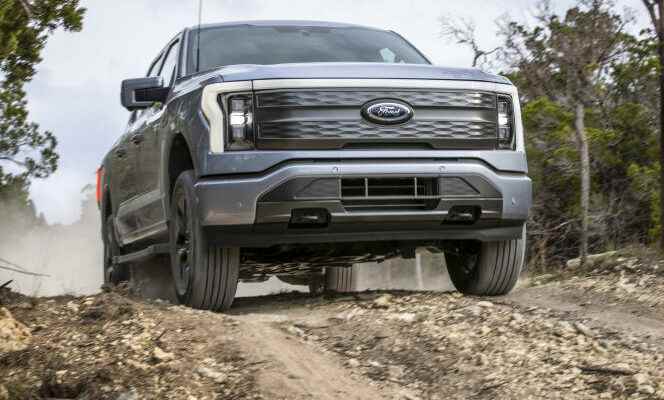The American automobile has found a new frontier. From the homeland of gas guzzlers, these big cars with engines stuffed with hydrocarbons, come from converging signals, revealing an accelerated electrification of the market. Across the Atlantic, the share of electric vehicles in registrations reached 5.6%. This is about half of the penetration of these models in Europe, but sales have tripled in the past two years and the prospects outlined by manufacturers and public authorities clearly suggest the end of the reign of the heat engine.
At the end of August, California, the country’s largest car market, adopted regulations that require vehicles sold from 2035 to be all-electric or plug-in hybrids. From 2026, this percentage should reach 35%. At the forefront of environmental standards, California could be imitated by seventeen states, three of which (New York, Washington and Massachusetts) are considering adopting the 2035 objective.
At the same time, the Federal State – which has set the objective of achieving parity in sales between thermal engine models and electrified vehicles by 2030 – has promulgated an investment plan providing for an envelope of 370 billion dollars (367 billion euros) aimed at reducing greenhouse gas emissions. There is a generous tax credit, up to 7,500 dollars (7,433 euros), designed to encourage the acquisition of electrified vehicles, including on the second-hand market.
protectionist regulation
Only models assembled in the United States, Canada or Mexico will be able to benefit from it, provided that they are equipped with a battery whose main components (all of them, by 2029) must come from the United States. or a country with which a free trade agreement has been concluded. This openly protectionist regulation, which has provoked strong reactions from European authorities and equally indignant protests from Korean manufacturers, demonstrates the strategic nature of the transformation of the American automobile industry.
After long considering Tesla as a losing bet and then as an isolated phenomenon, Detroit’s Big Three have rewritten their agenda. From now on, they no longer swear by the electric vehicle. General Motors intends to manufacture one million in 2025 and plans to no longer offer exclusively thermal versions after 2030. Cadillac or Buick only see their future through “zero emissions”. On September 8, Jeep unveiled a plan that should make it “the world leader in SUV electrification”. In the wake of the brand led by Elon Musk, manufacturers such as Rivian or Lucid have raised enormous capital and are targeting the high-end segment.
You have 51.77% of this article left to read. The following is for subscribers only.
